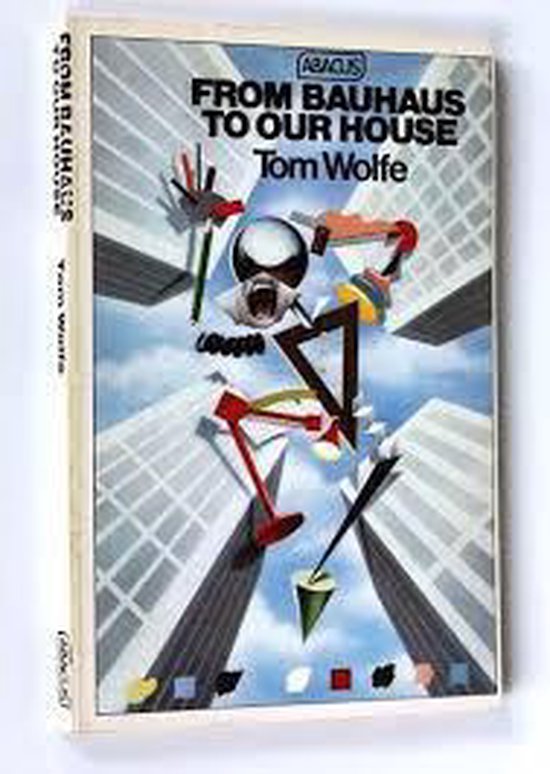
From Bauhaus to our House
-
AuteurTom Wolfe
- Uitgeverij-
- Jaar-
Tom Wolfe's 'From Bauhaus to our House' is a provocative critique of modern architecture, tracing its roots from the Bauhaus movement to its pervasive influence on contemporary design. Wolfe, with his signature wit and sharp observations, delves into how the Bauhaus school's principles, originating in Germany, were transplanted to America, reshaping the architectural landscape. The book explores the ideological battles between the modernists and their critics, highlighting the tension between functionality and aesthetic appeal. Wolfe's narrative is both enlightening and entertaining, offering a unique perspective on how architectural trends reflect broader cultural shifts. This 300-word description barely scratches the surface of Wolfe's incisive analysis, which challenges readers to reconsider the spaces they inhabit and the ideologies those spaces represent.